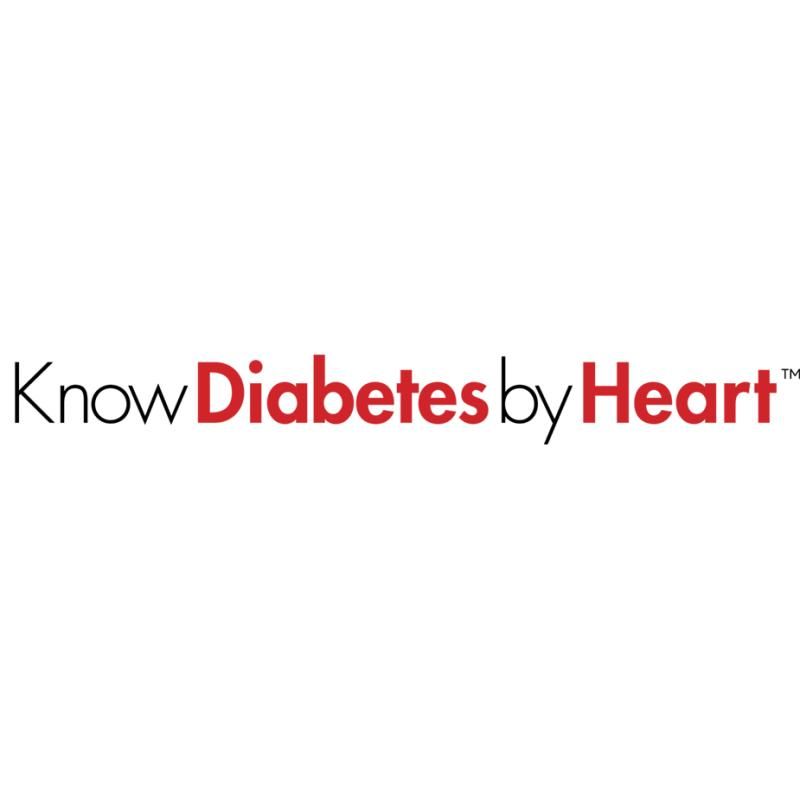预约演示
Prescription for fruits, vegetables linked to better heart health, food security
2023-08-29
AHA会议临床研究
Adults at risk for heart disease who participated in produce prescription programs for an average of six months increased their consumption of fruits and vegetables and had reduced blood pressure, body mass index and blood sugar levels.
People at increased risk for cardiovascular disease who participated in produce prescription programs increased their consumption of fruits and vegetables, which was associated with improved body mass index (BMI), blood sugar and blood pressure levels, as well as a decrease in food insecurity. This new research was published today in Circulation: Cardiovascular Quality and Outcomes, a peer-reviewed American Heart Association journal.
Produce prescription programs enable doctors to prescribe fruits and vegetables in addition to medications. Patients receive electronic cards or vouchers to access free or discounted produce of their choice at retail grocery or farmers' markets, explained study lead author Kurt Hager, Ph.D., M.S., an instructor at UMass Chan Medical School in Worcester, Massachusetts.
Although previous research has examined the effects of small, individual produce prescription programs, this analysis is believed to be the largest produce prescription study by pooling data from nine programs across the U.S. to assess health outcomes after about six months.
"We know that food insecurity impacts health through several important pathways, including overall dietary quality, but also through stress and anxiety, mental health and tradeoffs between paying for food and other basic needs such as housing costs, utilities and medications," said Hager, who completed these analyses while a doctoral student at the Friedman School of Nutrition Science and Policy at Tufts University in Boston. "These results indicate produce prescriptions may lay an important foundation for improved health and well-being."
Study participants received a median of $63 per month to purchase produce at local stores and farmers markets. In addition, participants attended nutrition classes. At the beginning and after completing the program -- which ranged from 4 to 10 months -- participants completed questionnaires about fruit and vegetable consumption, food insecurity and health status. Routine testing of blood pressure; weight and height; and hemoglobin A1c (HbA1c) -a measure of blood sugar -- was completed at enrollment and at the conclusion of the program. The study did not include a control group and compared outcomes among participants before and after program participation.
The analysis of all participants found:
"Poor nutrition and nutrition insecurity are major drivers of chronic disease globally, including cardiometabolic conditions like Type 2 diabetes and their cardiovascular consequences, including heart failure, heart attack and stroke," according to Mitchell Elkind, M.D., M.S., FAHA, chief clinical science officer of the American Heart Association and a tenured professor of neurology and epidemiology at Columbia University. "This analysis of produce prescription programs illustrates the potential of subsidized produce prescriptions to increase consumption of nutritious fruits and vegetables, reduce food insecurity and, hopefully, improve subjective and objective health measures. Future research will need to include randomized controlled trials to offset any potential bias and prove more rigorously the benefits of produce prescription programs. The American Heart Association's new Food Is Medicine Initiative will be focused on supporting such trials."
The Food is Medicine Initiative, announced in September 2022 by the American Heart Association and The Rockefeller Foundation -- at a White House Conference on Hunger, Nutrition and Health -- seeks to ensure patients receive medical prescriptions for healthy food to help prevent and manage chronic disease.
Poor nutrition plays a major role in serious long-term illness, including cardiovascular disease and Type 2 diabetes, according to a 2022 American Heart Association Policy Statement: Strengthening U.S. Food Policies and Programs to Promote Equity in Nutrition Security.
In 2019 alone, poor nutrition contributed to nearly 8 million deaths, according to the Association's statistics. Food insecurity is the lack of equitable and stable availability, access, affordability to foods and beverages that promote well-being and prevent and treat disease.
Study details:
The analysis had several limitations, including the lack of a control group for comparison; high rates of missing survey data for food insecurity and fruit and vegetable intake data at the end of some programs; and the effect of the COVID-19 pandemic on programs that started during that period.
更多内容,请访问原始网站
文中所述内容并不反映新药情报库及其所属公司任何意见及观点,如有版权侵扰或错误之处,请及时联系我们,我们会在24小时内配合处理。
机构
靶点
-药物
-生物医药百科问答
全新生物医药AI Agent 覆盖科研全链路,让突破性发现快人一步
立即开始免费试用!
智慧芽新药情报库是智慧芽专为生命科学人士构建的基于AI的创新药情报平台,助您全方位提升您的研发与决策效率。
立即开始数据试用!
智慧芽新药库数据也通过智慧芽数据服务平台,以API或者数据包形式对外开放,助您更加充分利用智慧芽新药情报信息。





